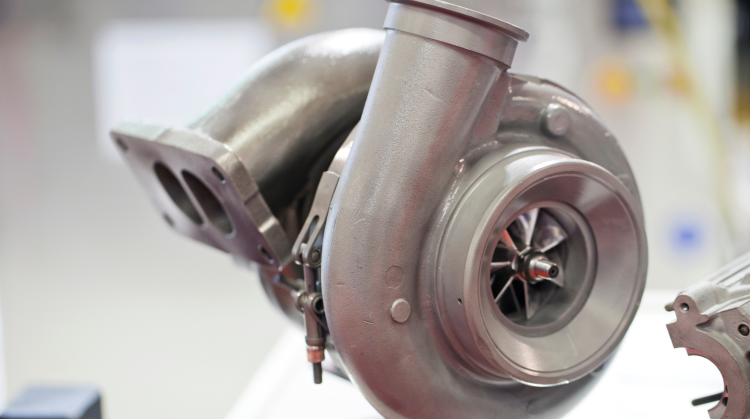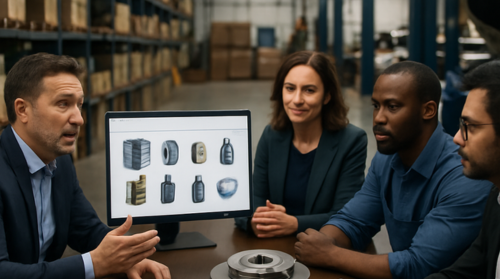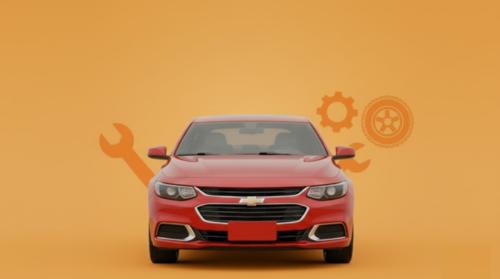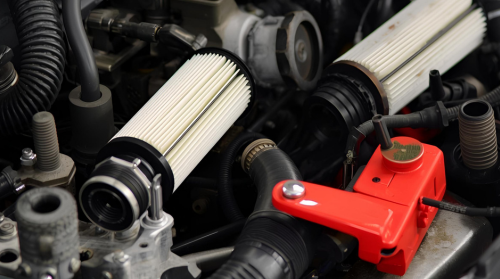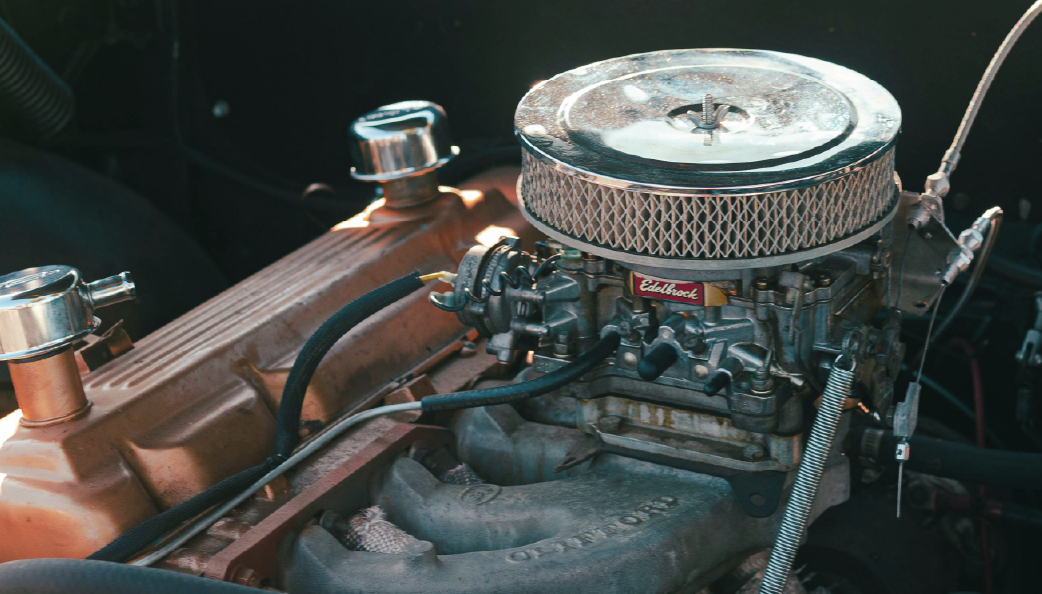While the new vehicle market shows growth with a 6.3% sales increase projected for 2025, according to Anfavea the most strategic transformation is happening behind the scenes: the digitalization of parts replacement, auto parts sales, and post-sale services.
From physical to digital: automated catalogs and fewer errors
Manufacturers and distributors are investing in catalog digitalization, integrating compatibility, inventory, and pricing data in real time. This allows thousands of SKUs to be available online with automatic updates, reducing order errors and speeding up response times for workshops and retailers.
For example, when a part is sold or its price changes, the information is automatically replicated across all sales channels, marketplaces, online stores, and internal systems. This prevents stockouts and improves customer service flow.
Direct impact on workshops and retailers
For those at the end of the chain mechanics, store owners, and salespeople the impact is clear: less time searching for parts, fewer reorders, and faster deliveries. With integrated platforms, it’s possible to find the best option based on technical compatibility, price, and availability.
The end consumer, even without technical knowledge, notices the difference: they buy more confidently, receive the correct part, and enjoy greater convenience in delivery or pickup.
Channel integration accelerates conversions and restocking
Distributors who connected their ERP systems to marketplaces like Mercado Libre and Shopee managed to reduce part restocking times by up to 35% and significantly boost online sales conversions.
These integrations allow centralized multi-channel operations, meaning that any inventory change is reflected in real time across all sales points, reducing errors and optimizing management.
Dealerships expand their reach with online parts sales
Another important trend is that dealerships have begun selling original parts online. Once limited to physical counters, they now operate on digital platforms as a new revenue source, reaching both workshops and direct consumers.
The future of after-sales is digital, connected, and real-time
More than just keeping up with the evolution of the vehicle market, the after-sales sector is repositioning itself. Digitalization allows for faster service, fewer errors, broader product offerings, and greater customer trust.
The right part, at the right time, through the customer’s preferred channel: this is the new logic of Brazil’s replacement parts chain, connected, automated, and ready for an increasingly demanding consumer.

